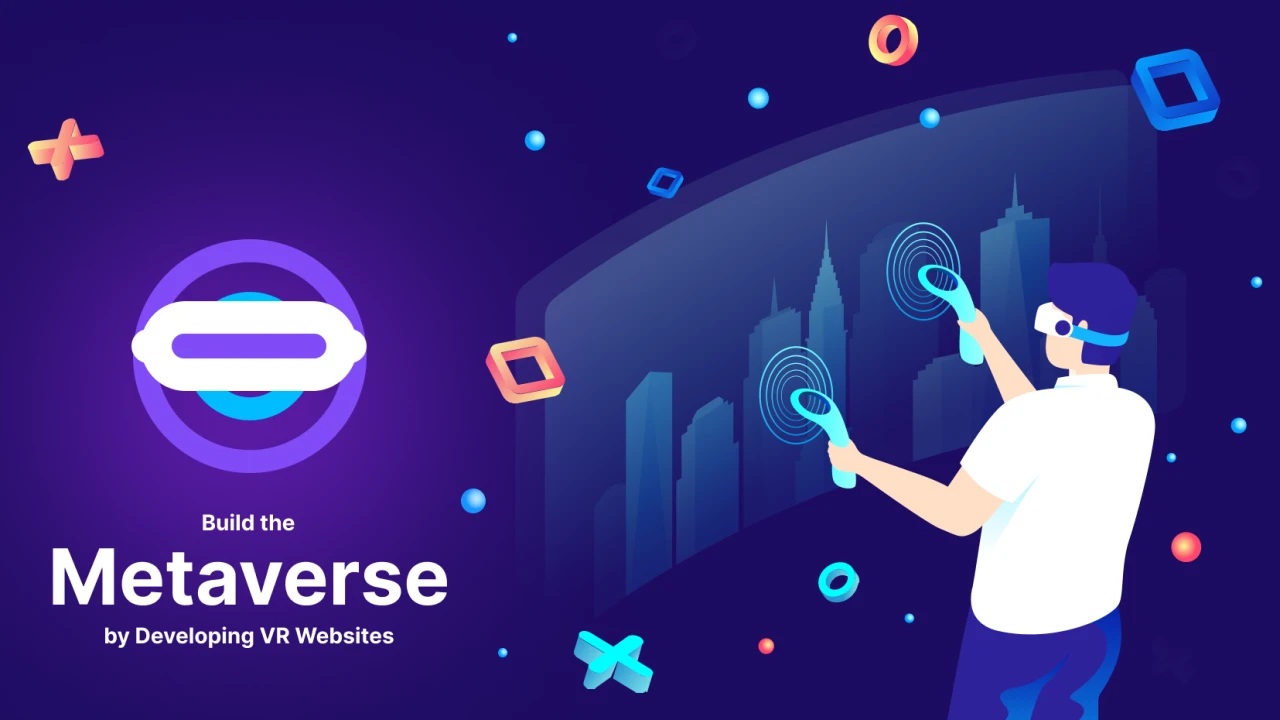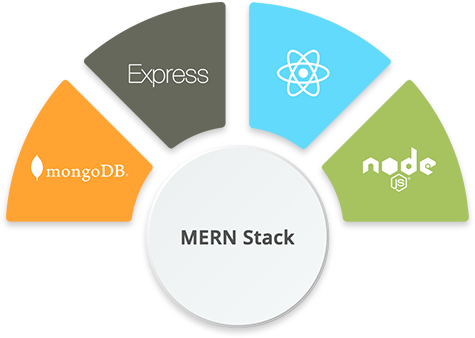Can you imagine a world where you could be anything you wanted, where you could go anywhere you wanted, and where the only limit was your imagination? That’s the promise of the Metaverse, and React is poised to be a major player in its creation.
What is Metaverse?
Metaverse is a decentralized virtual world built on blockchain technology. In Metaverse, users can create and own digital assets (such as avatars, buildings, and land) and use them to interact with each other in a virtual space. Metaverse is also home to a digital currency called ETP (Ethereum Ping), which can be used to purchase virtual assets or pay for services within the Metaverse.
Why React is the best technology for building Metaverse
There are many reasons why React is the best technology for building Metaverse. Here are just a few:
1. React enables developers to create large-scale applications with ease. Its component-based architecture makes it simple to break down complex projects into manageable pieces, which can be developed and tested independently before being integrated into the final product.
2. React is extremely fast and efficient. Its virtual DOM algorithm ensures that only the necessary components are re-rendered when a change is made, which makes your application super responsive.
3. React is very flexible and can be used in conjunction with other frameworks and libraries. This means that you can use React to build just about any type of application imaginable.
4. The React community is huge and growing every day. This means there is always someone available to help you out if you get stuck, and plenty of resources (like this blog!) to learn from.
So if you’re looking to build Metaverse, there’s no better technology to use than React!
What are the challenges of building Metaverse with React?
When it comes to building a Metaverse, there are many different factors to consider. One of the biggest challenges is making sure that the Metaverse is accessible to everyone. This means that the user interface needs to be easy to use and understand, regardless of language barriers. Another big challenge is making sure that the Metaverse is secure. Since the Metaverse will be home to many different virtual worlds, it’s important to make sure that each one is protected from intrusion or tampering.
React is a JavaScript library that helps developers create user interfaces and improve web applications. While React has many benefits, it also poses some challenges when it comes to building a Metaverse. One challenge is that React is not yet supported by all web browsers. This means that some users may not be able to access the Metaverse if they are using an unsupported browser. Another challenge is that React can be difficult to learn and use. This may pose a barrier for some users who are not familiar with JavaScript or programming in general. Despite these challenges, React is still a popular choice for building web applications and we believe that it has great potential for helping to build the Metaverse.
How to overcome those challenges?
The article “Building Metaverse with React” discusses some of the challenges faced when trying to build a metaverse using React. In this blog section, we’ll discuss some ways to overcome those challenges.
One challenge is that React is a JavaScript library, and thus has some issues when it comes to compatibility with other languages. To overcome this, you can use a language that compiles to JavaScript, such as TypeScript or ClojureScript. This way, you can write your code in a language that is more compatible with React, and then compile it down to JavaScript.
Another challenge is that React is not designed for large-scale applications. This means that if you’re trying to build a metaverse using React, you’ll need to find ways to work around its limitations. One way to do this is by breaking your application up into smaller pieces, which can then be loaded as needed. This will make your application more manageable and easier to scale.
Finally, one of the biggest challenges when building a metaverse with React is performance. Since React uses a virtual DOM, it can be slow when rendering large amounts of data. To overcome this, you can use techniques like lazy loading and code splitting.
Conclusion
Building a metaverse with React is possible and can be a lot of fun. However, it’s important to remember that a metaverse is not just a virtual world – it’s an entire ecosystem made up of people, businesses, and services. When building your own metaverse, keep this in mind and build something that people will want to use and return to again and again. With the right planning and execution, your metaverse could be the next big thing.




